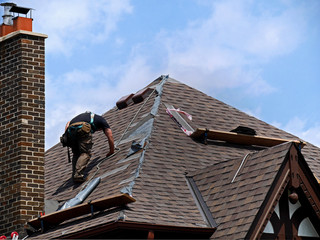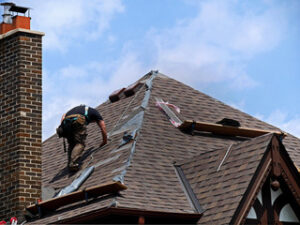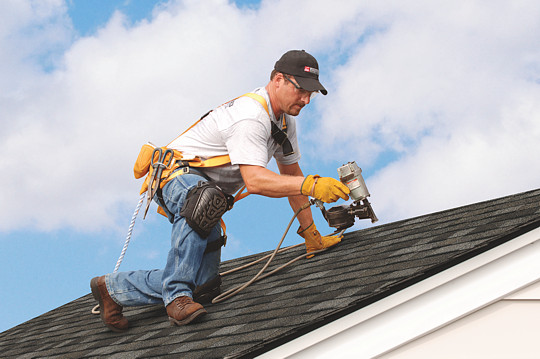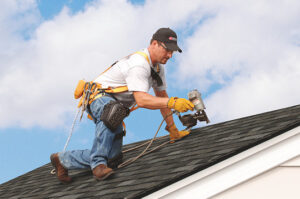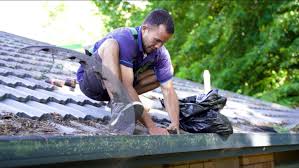Long Wealth Capital Review is a stock trading course and mentorship program. It teaches students to work on compounding small gains and playing the long game. They also focus on avoiding emotion and identifying strategic entry points.
This review will cover Long Wealth Capital’s pros and cons, what the mentorship program consists of, Darold Trinh’s background, and whether its strategy is truly effective for consistent gains in stock trading. It will also look at their options trading program and one-on-one mentoring.

Long Wealth Capital is a stock trading platform that teaches its students how to make money in the stock market. The program is designed primarily for beginners and offers modules that cover topics such as risk management, entry and exit frameworks, and an exclusive list of undervalued stocks. The course also includes a comprehensive course on options trading. Darold Trinh, a 27-year-old stock investor and PA (Physician Assistant), is the founder of the program. He claims that his approach to stock trading is straightforward and sensible, and that he believes in investing in quality but undervalued stocks.
He believes that stock trading is not difficult, but that it requires a strong focus on the fundamentals and overcoming analysis paralysis. He also says that the secret to successful trading is a reliable system for identifying entry and exit points.
Another benefit of the program is that it provides a community of like-minded people to network and collaborate with other members. This support can help new investors avoid common pitfalls and achieve their financial goals. In addition, the program’s mentoring sessions can accelerate a new investor’s learning curve and improve their chances of success. Moreover, it is possible to earn income from the program without spending any money.
It’s a platform
Long wealth capital is a trading platform that promises to teach students how to make consistent gains in stock trading. The platform was launched in 2023 by Darold Trinh, a 27-year-old stock trader and physician assistant. His claim is that he can help anyone learn how to trade stocks, regardless of their financial background. He claims that he doesn’t believe in any secret formula for winning at stock trading, but instead focuses on teaching students the fundamentals of identifying stocks and overcoming analysis paralysis. He also teaches students about risk management and establishing trading rules.
However, it’s important to note that 90% of traders lose money when trading, so there are no guarantees that you will earn more with Long Wealth Capital.
It’s a course
Long wealth capital review is an affordable course and mentorship program that teaches beginners how to trade stocks. It includes modules on stock trading fundamentals, a private community, and access to Darold Trinh’s one-on-one mentoring. The program isn’t a guarantee of success, but it can teach students how to set trading rules and avoid analysis paralysis.
The course also teaches traders how to identify entry and exit points, minimize risk, and play the long game. It also teaches students to focus on compounding gains rather than trying to win every single trade. This strategy is a common mantra among trading coaches, but it’s difficult to achieve.
The platform offers a mini-mentorship program for beginners and a separate program for options trading. The mini-mentorship program is more suitable for beginners because it focuses on trading fundamentals and risk management. The options trading program is more appropriate for investors who are interested in high volume trading and technical analysis. However, both programs can be costly if you’re not careful with your investments. Most statistics show that 90% of traders lose money, so it’s important to only trade with funds you can afford to lose.
Link building
Link building is the process of getting other websites to link to yours, and it’s a critical part of any SEO strategy. The more links you have, the higher your search engine rankings will be. However, not all links are created equal. To rank well in search engines, your links must be relevant and high-quality.
Link-building strategies can be used in many ways, but the most effective way is to create valuable content that people want to share. Then, promote that content through social media and other channels. In the long run, this will help you build links and drive traffic to your website.
While the number of links is important, the quality of those links is even more crucial. The best links are natural, high-quality, and come from authoritative sources. Using manipulative techniques like buying links and spamming forums will only get you in trouble with Google. In addition to building links, you should also focus on link cleanup and removing low-quality or irrelevant links.
A good way to measure the effectiveness of your link-building efforts is to look at your “linking domains over time” graph in Moz’s Link Explorer. This graph will show you how many unique referring domains are linking to your site or page over time. A steady or increasing increase in this metric is a sign that your link-building efforts are working.
Creating content that is worthy of links requires that you produce something that is unique, useful, or entertaining. If your content isn’t worthy of a link, no one will link to it, and you won’t rank high in the SERPs. It’s important to find ways to make your content stand out from the crowd, such as by using keywords and providing a compelling story.
Another great way to attract links is to create resource pages. These are pages that contain a list of other helpful resources on a particular topic. You can create these pages by conducting a keyword research and finding popular websites in your niche. Then, you can reach out to these sites and ask for a link.
Content creation
Content creation is the process of creating a piece of written or visual media that is designed to drive people to your website and ultimately lead to sales or other goals for your business. Including SEO in your content creation process can help you produce more relevant and valuable pages for your audience.
Start by determining your goals for the piece of content you want to create, and then identify keywords that can help drive traffic to your site. You can also use keyword tools like Semrush to find popular search terms and their relative popularity.
Once you have a clear idea of what you want to achieve with the content, it’s time to start writing. For text-based content, this usually means a blog post or article. For video or visual content, you might create a vlog or Instagram post. Whatever the medium, make sure you set aside enough time to write and record a quality first draft. Worrying about perfection at this stage is counterproductive.
During the content creation process, you’ll need to share your work with other stakeholders for review and approval. This step is crucial for ensuring that all necessary information has been included and that the content is accurate. This includes coordinating with the SEO team to ensure that all relevant keywords are used and the content is optimized for search engines.
The next step is to revise and edit the draft. Depending on the type of content you’re creating, this may involve rewriting sections or adding additional sources. It’s important to take your time at this point, especially if you’re creating a piece of content that could have a direct impact on readers’ lives. For example, if you’re writing an article about medical issues, legal matters or news/current events, you should be careful not to mislead readers.
When the draft is ready, it’s time to publish! Once the content is published, it’s important to promote it on social media and in other relevant channels. Finally, measure the results of your content creation efforts to see if they’re having an impact on your search engine optimization.







